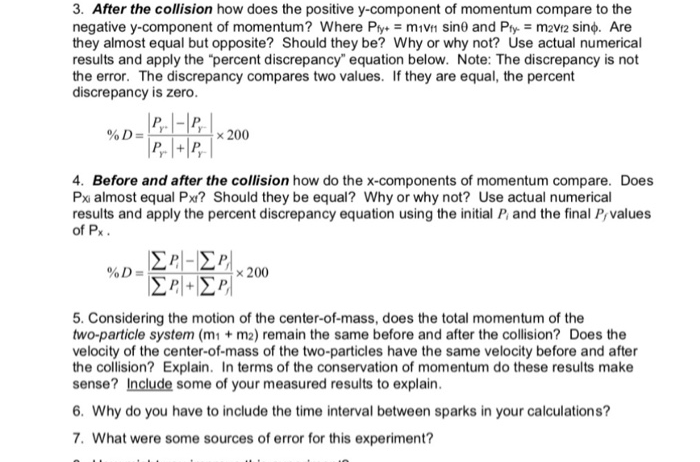In the realm of classical mechanics, the principle of conservation of energy is one of the foundational tenets that governs the behavior of physical systems. Among the various forms of energy, kinetic energy—defined as the energy possessed by an object due to its motion—occupies a pivotal role. A pertinent inquiry arises: Is the total kinetic energy of a system always conserved? To address this question, it is imperative to delve into the nuances of kinetic energy, the conditions under which it is conserved, and the factors that can disrupt this conservation.
Kinetic energy is mathematically represented by the formula K = 1/2 mv², where m signifies mass and v denotes velocity. This expression elucidates that kinetic energy is inherently dependent upon the mass of the object as well as the square of its velocity. Consequently, even a modest increase in speed can lead to a significant amplification in kinetic energy, underscoring the dynamic nature of this form of energy.
To comprehend the conservation of kinetic energy, one must first acknowledge the scenarios in which it is upheld. In an isolated system—where no external forces act—the total kinetic energy remains constant. This condition is typically observed in idealized cases such as perfectly elastic collisions, where the colliding bodies rebound without any loss of kinetic energy. Here, the momentum and kinetic energy before the collision equal those after the collision. Such ideal scenarios, however, are rarely replicated in real-world applications.
Elastic collisions provide a stark contrast to inelastic collisions, where kinetic energy is not conserved. In these collisions, some kinetic energy is transformed into other forms of energy, such as thermal energy or sound energy. For instance, when two cars collide, deformation occurs, leading to the dissipation of kinetic energy into the aforementioned forms. Thus, while momentum remains conserved in both elastic and inelastic collisions, kinetic energy only finds sanctuary in elastic interactions.
Moreover, the principle of conservation of kinetic energy does not apply universally across all systems. When external forces are involved—such as friction, gravity, or air resistance—kinetic energy can be transformed into other energy forms. Friction, for instance, is a common occurrence in our everyday lives. When an object slides across a surface, kinetic energy is transformed into thermal energy due to frictional forces, culminating in a reduction of the system’s total kinetic energy.
Additionally, gravitational forces play a crucial role in the interplay between kinetic and potential energy. Consider an object in free fall; as it descends, its potential energy decreases while its kinetic energy increases correspondingly. At any point during its fall, the total mechanical energy (the sum of kinetic and potential energies) remains conserved, provided that air resistance is negligible. However, in scenarios where air resistance cannot be overlooked, a portion of energy is converted into thermal energy due to drag, thereby diminishing the kinetic energy available for motion.
Furthermore, the conservation of kinetic energy can also be influenced by system boundaries. If a system is open, allowing for energy exchange with its surroundings, kinetic energy may not be conserved. For instance, a flowing river showcases this principle: as water cascades over rocks and bends, kinetic energy varies throughout due to interactions with the environment, as well as energy lost through turbulence and heat.
When considering sports, the conservation of kinetic energy influences the performance of athletes. A sprinter, for instance, transforms muscular energy into kinetic energy as they accelerate down the track. Factors such as wind resistance and surface friction causally modulate the total available kinetic energy, epitomizing how external conditions can impede an athlete’s speed. In such contexts, optimizing performance involves maximizing kinetic energy while minimizing energy losses to external forces.
It is also essential to embrace the broader implications of kinetic energy conservation within ecological and environmental frameworks. In systems affected by anthropogenic factors, energy transformations can alter natural processes significantly. The acceleration of urbanization and industrialization engenders energy losses that perpetuate environmental degradation. Hence, understanding these principles is critical for fostering sustainable practices and energy conservation methodologies.
In conclusion, while kinetic energy has the propensity to be conserved under ideal circumstances—such as in perfectly elastic collisions and isolated systems—it is subject to transformation and loss under real-world conditions, including inelastic collisions, friction, and external forces. The interplay between kinetic energy and its surrounding context reveals intricate dynamics that extend beyond mere physics, incorporating environmental, ecological, and practical considerations. Ultimately, recognizing the limits and conditions of kinetic energy conservation is paramount not only in the academic realm but also in practical applications that shape our world.







